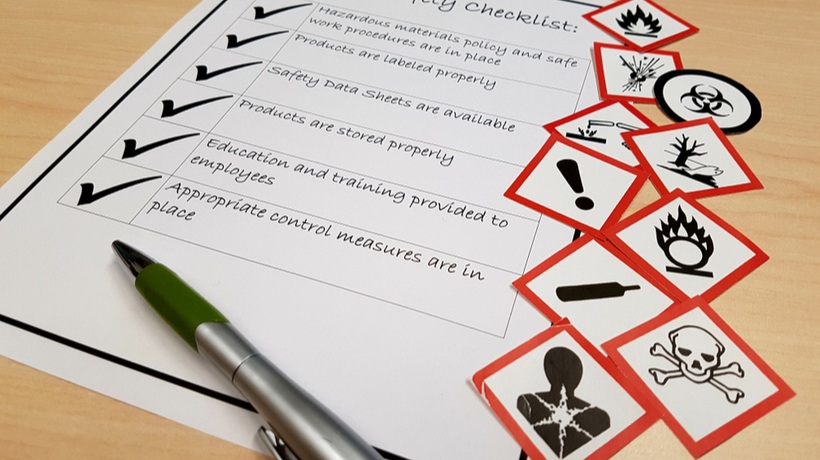How To Make Compliance Training Work
When it comes to compliance, everyone wants training programs to be effective in preventing the next breach. Be it sexual harassment, GDPR or more focused regulations, there is a need for employees to fully comply with the rules and procedures. Although the rules are usually written in a "legal language", you should aim for a very practical goal – employees should be able to follow the procedures in their daily work. Nevertheless, in many organizations, compliance training is not providing a set of practical tools that can be memorized and acted upon. In many cases, you may see a simple "sign-off" process. Well, here are a few tips that can make compliance training work and be highly effective, totally engaging, and very practical.
1. Minimize The Use Of Legal And Formal Language
Regulations and procedures are usually written in a formal tone. You get definitions, general rules, clauses, warnings about possible outcomes. Using formal language in training may be highly accurate and legally binding, yet it's not very effective. People find it hard to understand. They have to translate what they hear to the language they actually use. In creating a compliance training plan, your task is to balance between legal demands and effectiveness.
2. Use Examples In Your Training
Your employees will better understand a rule if you give them real-world examples. Sure, an example is always a bit off, not a perfect match for the general rule. But it's effective in delivering the message. Give an example, then another one if necessary. You usually start with the examples, only to reach the general rule afterward.
Why do examples work better? The employee can imagine themselves being in this situation, or identify with the character you're talking about. Then comes an emotional response. And, if we move to the psychology of learning, emotions are crucial for creating a vivid memory. Create compelling examples that ignite this chain of emotions and memories. A good example creates not one memory but several. It may become part of the employee's virtual toolbox. Next time they find themselves in a similar situation, they may remember the example, then refer to the rule.
3. Think Bottom-Up, Not Top-Down
How do you create these examples? The most important thing is to move to the employee's point of view. How do they connect to the story (e.g. new regulation) you're trying you to tell? You can start with real events and modify them. Let the heroes in your example talk using their own language. Try to avoid a "synthetic" top-down example that is a complete reflection of the rule at hand. This will be much less effective.
4. Identify Focal Points
Before you start transforming a new regulation into training capsules, take a step back, and identify your focal points. Remember you have two constraints. First, your training time is limited. Second, your employees' span of attention is even more restricted. They may not be able to consume all the information you're delivering. You need to prioritize. But that's just a first step. After setting the priorities, think bottom-up and identify "focal points". These are items that may require more examples or more theoretical explanations. These points should get a larger percentage of your training time.
5. Map The Gaps And Find The Weak Links
Compliance is always about the weakest links. If they break, the whole chain is in danger. In other words, if one employee is violating some rule, it may reflect on the whole organization. That's why you need to identify employees that did not fully understand the regulation or procedure at hand. Note that it's OK not to understand. You just want to find them and give them a boost in the right direction. Getting good average scores in your compliance training plan is just a first step. In order to make the plan effective, you should also look at the outliers.


![Compliance Training Guide: How To Make It Work [eBook]](https://cdn.elearningindustry.com/wp-content/uploads/2021/10/shutterstock_682450798.png)






